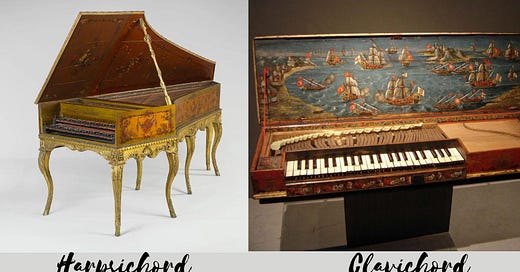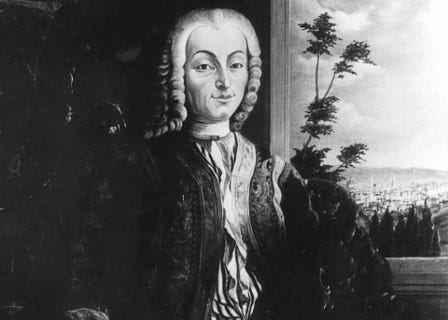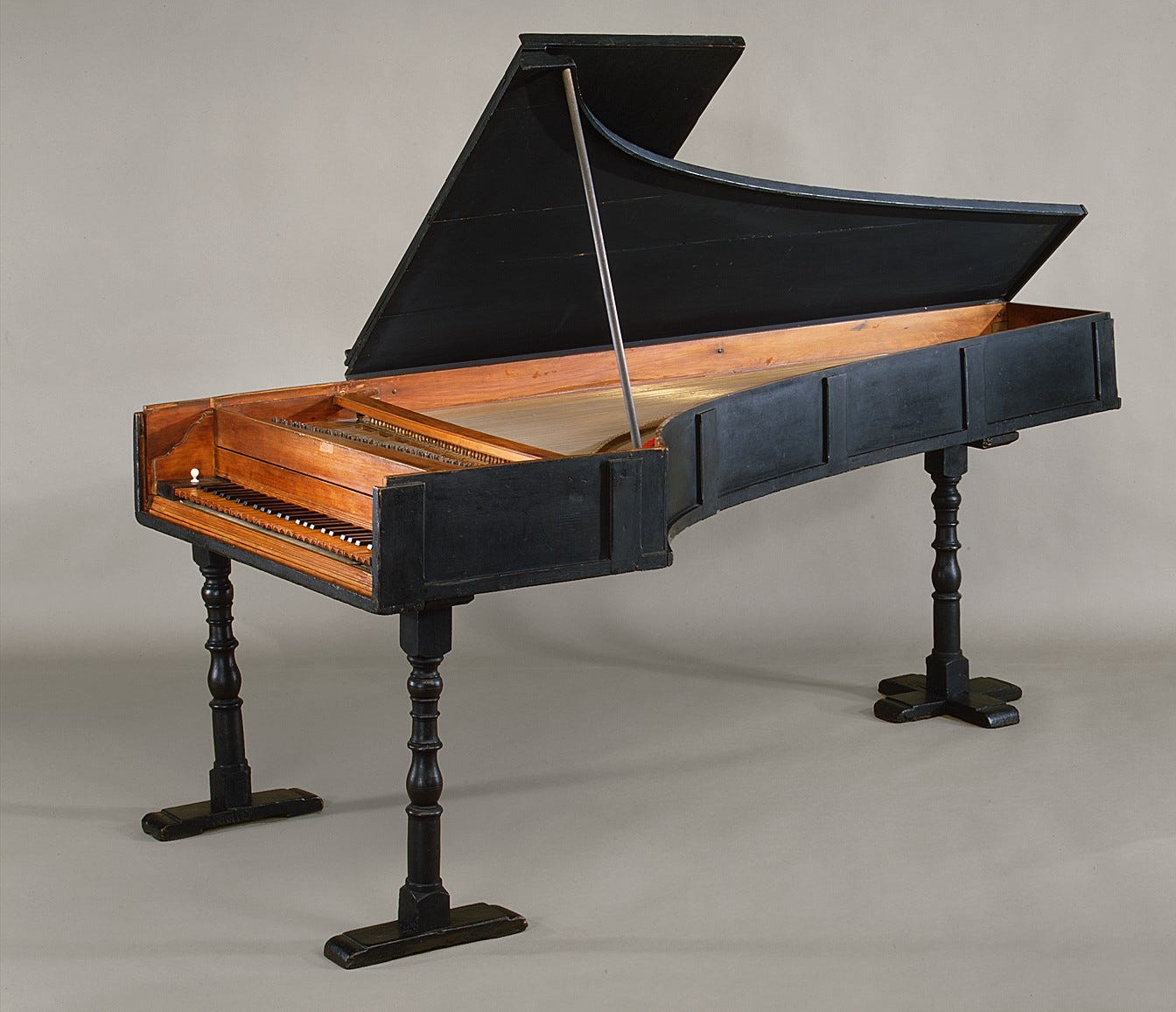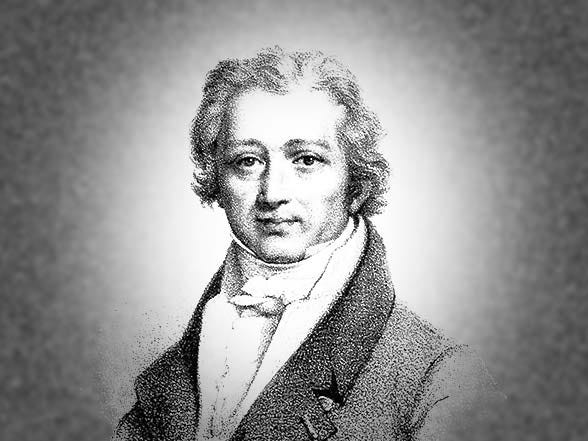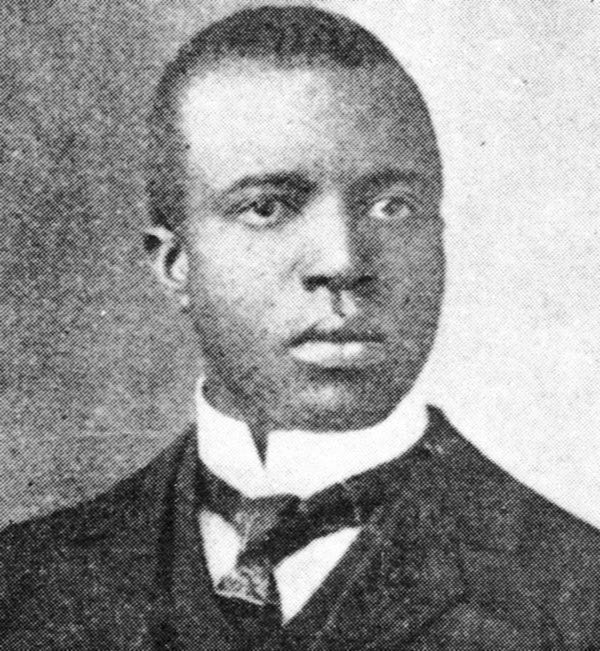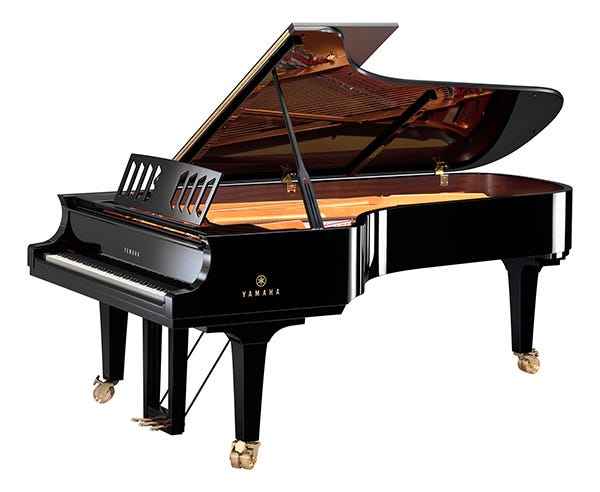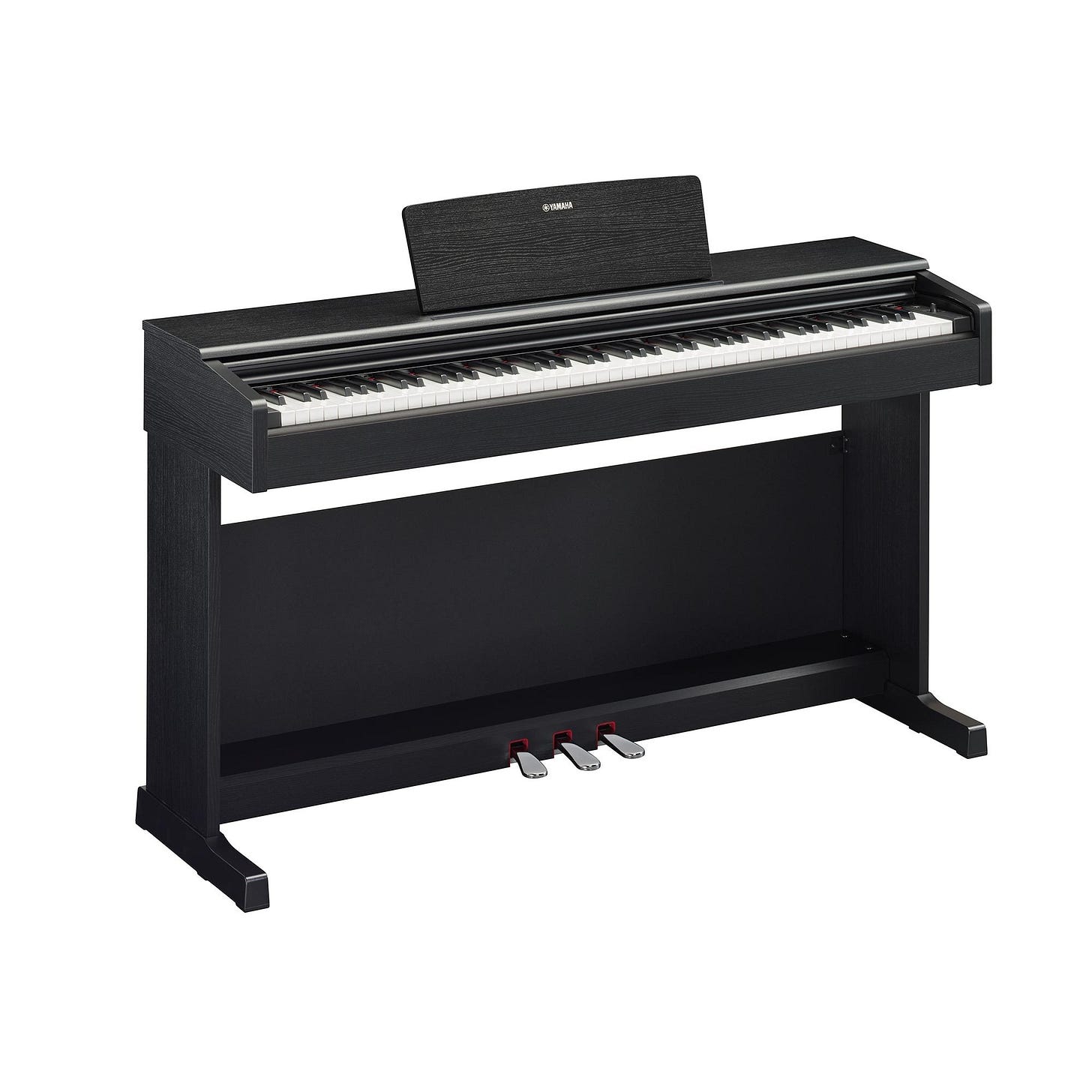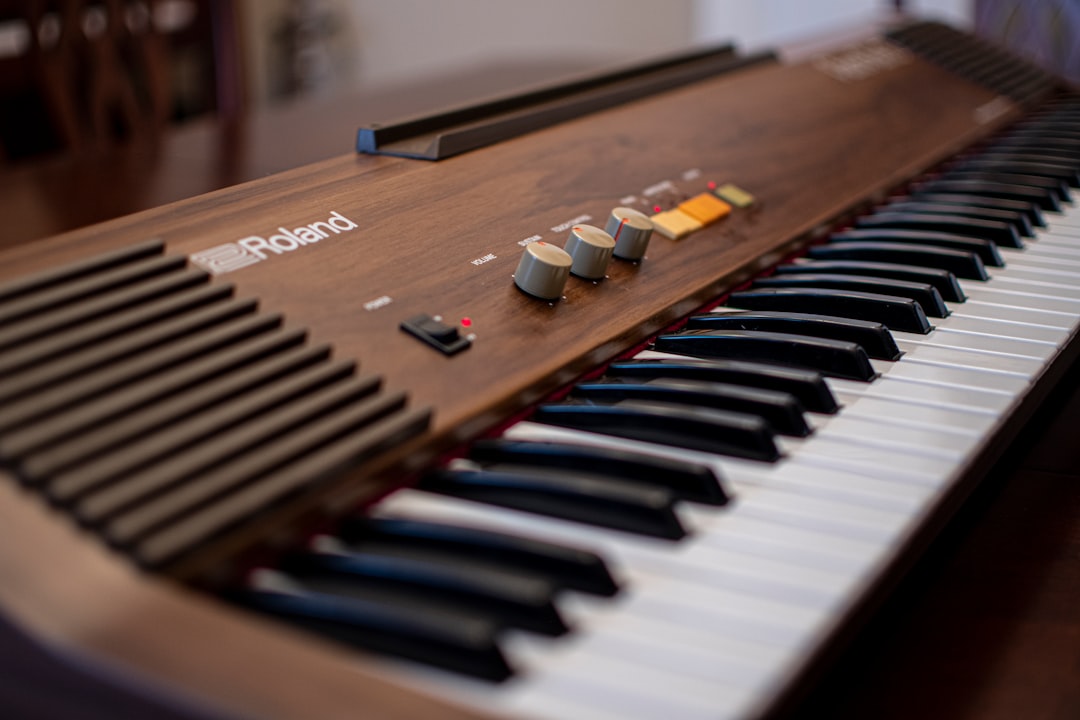The History of Piano: A Journey Through Time
The piano, with its beautiful melodies and versatile nature, has captured the hearts of music enthusiasts for centuries. From its humble beginnings to its present-day prominence, the history of the pi
The piano didn't come into existence overnight; it has a lineage that can be traced back to ancient times. To understand the origins of the piano, we must explore the historical background of keyboard instruments and the gradual evolution that led to its invention.
The story begins with early keyboard instruments such as the clavichord and the harpsichord, which laid the foundation for the development of the piano.
These instruments utilized strings and a keyboard mechanism to produce sound, but they lacked the expressive capabilities and dynamic range that would later define the piano.
It was in the late 17th century that the first known piano, known as the "fortepiano," was created by Bartolomeo Cristofori, an Italian harpsichord maker. Cristofori's invention introduced a new mechanism that allowed for the hammers to strike the strings, resulting in a greater control over volume and tone. The term "piano" was derived from the Italian word "pianoforte," meaning "soft-loud," reflecting the instrument's ability to produce both soft and loud sounds.
The invention of the piano marked a significant milestone in the history of keyboard instruments. Its innovative mechanism and dynamic range revolutionized the way music was composed and performed. As the piano gained popularity, it spread across Europe, capturing the attention of composers and musicians who embraced its expressive capabilities.
Development and Innovation
The invention of the piano by Bartolomeo Cristofori marked the beginning of a period of continuous development and innovation in the realm of keyboard instruments. As the piano gained popularity across Europe, numerous advancements were made to enhance its sound, playability, and overall design.
The spread of the piano throughout Europe led to the emergence of different schools of piano making, each contributing to the instrument's evolution. Builders in Germany, Austria, and France made notable advancements in piano construction, introducing various techniques and materials to improve the instrument's quality and durability.
One significant development was the introduction of the iron frame in the early 19th century. This innovation allowed for increased string tension and improved the piano's ability to withstand the powerful strikes of the hammers. With the iron frame, pianos could produce richer, more resonant tones, making them even more appealing to composers and performers.
In addition to structural improvements, advancements were made in the mechanics of the piano. The development of the double escapement action by Sébastien Érard in the early 19th century allowed for faster repetition of notes, enabling pianists to execute rapid passages with greater precision and control. This innovation opened up new possibilities for virtuosic piano performances.
During the 19th and early 20th centuries, piano makers continued to refine the instrument's design and mechanisms. The introduction of cross-stringing, where the bass and treble strings intersected, enhanced the tonal balance and projection of the piano.
The advent of the upright piano brought increased accessibility to households, as it occupied less space compared to the grand piano while still offering a satisfying musical experience.
Innovation didn't stop with acoustic pianos. The latter half of the 20th century witnessed the rise of digital pianos, which replicated the sound and feel of acoustic pianos through electronic means.
These instruments offered advantages such as portability, versatility in sound options, and the ability to practice silently with headphones.
Influence on Music and Culture
The piano's impact on music and culture is immeasurable. Throughout its history, the piano has played a pivotal role in shaping musical compositions, influencing musical genres, and leaving an indelible mark on cultural traditions.
The piano's versatility and expressive capabilities made it a favorite instrument among composers.
During the Classical era, composers like Mozart, Haydn, and Beethoven embraced the piano as a primary instrument for their compositions. The piano's broad range of dynamics and its ability to convey a wide range of emotions allowed composers to explore new musical territories and create groundbreaking works.
The Romantic period witnessed a flourishing of piano music, with composers like Chopin, Liszt, and Schumann pushing the boundaries of pianistic virtuosity.
The piano became the vehicle for conveying intense emotions and poetic expressions. The lyrical melodies, dramatic flourishes, and cascading arpeggios showcased the instrument's immense capabilities and captivated audiences around the world.
Beyond the realm of classical music, the piano's influence extended to various musical genres. Ragtime, jazz, and blues owe much of their development to the piano.
Pioneers such as Scott Joplin, Jelly Roll Morton, and Fats Waller popularized the piano's syncopated rhythms, improvisational nature, and expressive possibilities, paving the way for the birth of jazz and the evolution of American music.
The piano's presence in social gatherings, concerts, and households was instrumental in shaping cultural traditions. In the 19th century, parlor music became a popular pastime in middle-class households, where families and friends gathered around the piano to enjoy music together.
The piano's ability to accompany singers and other instruments made it the centerpiece of musical entertainment.
Concert halls became a platform for virtuosic piano performances, with renowned pianists like Franz Liszt and Sergei Rachmaninoff captivating audiences with their technical prowess and interpretive skills.
The piano became a symbol of artistic excellence and a means of cultural expression.
Even in the modern era, the piano maintains its significance and popularity. It continues to be a fundamental instrument in classical music, and its influence can be heard in contemporary genres such as pop, rock, and film scores. The piano's timeless appeal and adaptability ensure its continued presence in the ever-changing landscape of music and culture.
The Modern Piano
The piano has undergone significant transformations during the 19th and 20th centuries, adapting to the changing musical landscape and technological advancements. This period witnessed the introduction of new piano styles and variations, as well as the integration of innovative technologies into the instrument.
One notable development in piano design was the emergence of the grand piano. With its distinctive horizontal shape and larger soundboard, the grand piano offered enhanced tonal richness and projection.
Its design allowed for greater string length and tension, resulting in a more resonant and powerful sound. The grand piano became the instrument of choice for concert performances and remains a staple in concert halls worldwide.
In addition to the grand piano, the upright piano gained popularity during this time. Upright pianos featured a vertical design that allowed for space-saving in smaller settings.
While sacrificing some tonal depth and power compared to grand pianos, upright pianos provided accessibility and affordability, making them prevalent in homes, schools, and community spaces.
Technological advancements also made their way into the world of pianos. In the late 19th and early 20th centuries, innovations such as the player piano and the electric piano emerged.
The player piano, equipped with a mechanism that played pre-recorded music rolls, allowing for automated performances, enabling individuals without piano-playing skills to enjoy music at home.
The electric piano, pioneered by inventors like Harold Rhodes and Harold B. Moore, utilized electronic amplification and sound generation to produce piano-like tones. Electric pianos offered advantages such as portability and the ability to adjust volume levels, expanding the possibilities for live performances and recording studios.
In recent years, the digital piano has gained prominence. Digital pianos combine advanced sampling technology with weighted keys to replicate the sound and feel of acoustic pianos.
They offer advantages such as versatility in sound options, the ability to record and playback performances, and the integration of digital features like metronomes and recording interfaces.
Digital pianos have become popular among musicians, educators, and enthusiasts seeking a combination of traditional piano aesthetics and modern technological conveniences.
As the piano continues to evolve, contemporary innovations focus on enhancing the instrument's touch sensitivity, sound sampling accuracy, and connectivity to digital devices.
Hybrid pianos that combine acoustic and digital elements are becoming increasingly popular, catering to pianists who desire the traditional feel and sound of an acoustic instrument with the added benefits of digital technology.
Piano Today and Future Trends
The piano has stood the test of time and remains a beloved instrument in today's musical landscape. Its enduring popularity can be attributed to its timeless appeal, expressive capabilities, and versatility. As we look to the future, several trends and innovations are shaping the world of pianos.
Despite the advancements in digital technology, acoustic pianos continue to hold a special place in the hearts of musicians and enthusiasts. The rich and authentic sound produced by acoustic pianos, along with the tactile experience of playing on real keys and feeling the vibrations of the strings, maintains a distinct allure.
Traditional acoustic pianos, especially grand pianos, continue to be sought after for their unparalleled sound quality and craftsmanship.
However, digital pianos have made remarkable strides and are gaining prominence. Advancements in sound sampling technology have allowed digital pianos to reproduce the nuances and characteristics of acoustic instruments with remarkable accuracy.
They offer additional features such as recording capabilities, built-in sound options, and connectivity to external devices, making them versatile tools for both practicing and performing.
In recent years, there has been a growing focus on making pianos more accessible and inclusive. Piano manufacturers have been working on designs that cater to individuals with limited physical mobility, ensuring that everyone can experience the joy of playing the piano.
Additionally, efforts have been made to develop educational resources and interactive learning platforms that utilize digital technology to enhance piano education and make it more engaging for students of all ages.
As technology continues to advance, artificial intelligence (AI) and machine learning are finding their way into the realm of pianos. AI algorithms can analyze and interpret musical patterns, aiding composers in the creative process.
Furthermore, AI-assisted piano learning platforms offer personalized feedback and adaptive lesson plans, providing tailored guidance to students.
In terms of future trends, the integration of smart features into pianos is gaining momentum. Smart pianos can connect to the internet, allowing for access to vast music libraries, online lessons, and collaborative performances with other musicians worldwide.
The incorporation of touchscreen interfaces, app integration, and cloud storage further expands the possibilities for piano enthusiasts.
Final Words
The history of the piano is a testament to human creativity, innovation, and the enduring power of music. From its humble origins to its present-day variations, the piano has captivated hearts and minds for centuries. It has shaped musical compositions, influenced cultural traditions, and provided a means of expression for countless musicians and enthusiasts.
The piano's evolution has seen the introduction of new designs, advancements in technology, and a continuous quest for improved sound and playability. Whether it be the grand piano commanding the concert stage, the upright piano gracing homes and schools, or the digital piano offering versatility and convenience, each iteration of the instrument has contributed to its rich and diverse legacy.
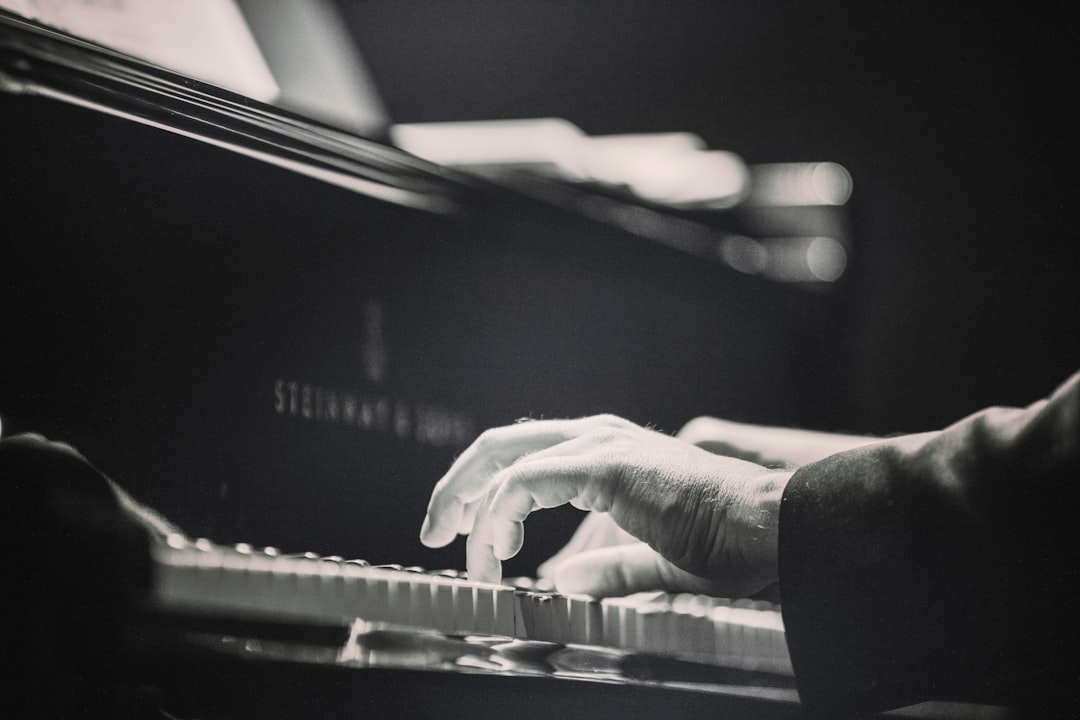
As we embrace the future, the piano remains a source of inspiration and innovation. Advancements in digital technology, artificial intelligence, and smart features are reshaping the possibilities for pianists and learners. Yet, amidst these developments, the allure of the traditional acoustic piano remains unwavering, with its unparalleled sound and tactile experience.
FAQ on History of Piano
How did the piano evolve from earlier keyboard instruments?
The piano evolved from earlier keyboard instruments such as the clavichord and the harpsichord. While these instruments also used strings and a keyboard mechanism, they lacked the expressive capabilities and dynamic range of the piano. The piano's evolution can be attributed to Bartolomeo Cristofori, an Italian harpsichord maker, who invented the first known piano in the late 17th century. Cristofori introduced a new mechanism that allowed hammers to strike the strings, enabling greater control over volume and tone. This innovation set the foundation for the piano's development and marked a significant departure from earlier keyboard instruments.
Who invented the piano and when?
The piano was invented by Bartolomeo Cristofori, an Italian harpsichord maker, in the late 17th century. Cristofori's invention of the piano, which he called the "pianoforte," introduced a new mechanism that allowed hammers to strike the strings, enabling dynamic expression and control over volume. The term "piano" was derived from the Italian word "pianoforte," meaning "soft-loud," reflecting the instrument's ability to produce both soft and loud sounds.
What were the key developments in piano design throughout history?
Throughout history, there have been several key developments in piano design. Some notable advancements include:
Introduction of the iron frame in the early 19th century, which allowed for increased string tension and improved the piano's ability to produce richer, more resonant tones.
Development of the double escapement action by Sébastien Érard in the early 19th century, enabling faster repetition of notes and enhancing the piano's playability for virtuosic performances.
Introduction of cross-stringing, where the bass and treble strings intersected, improving tonal balance and projection.
Emergence of the upright piano, offering a space-saving design while still providing a satisfying musical experience.
Integration of digital technology, leading to the development of digital pianos that replicate the sound and feel of acoustic pianos while offering additional features and versatility.
How did the piano influence classical music composition?
The piano had a profound influence on classical music composition. Composers during the Classical era, such as Mozart, Haydn, and Beethoven, embraced the piano as a primary instrument for their compositions. The piano's wide range of dynamics, expressive capabilities, and versatility made it ideal for conveying a broad range of emotions and musical ideas. Composers were able to explore new harmonic possibilities, melodic structures, and textures, leading to the development of groundbreaking compositions. The piano's influence can be seen in the extensive piano repertoire of the time, with many renowned piano sonatas, concertos, and chamber music compositions becoming staples of the classical music canon.
What role did the piano play in social gatherings and concerts?
The piano played a significant role in social gatherings and concerts throughout history. In the 19th century, parlor music became a popular pastime in middle-class households, where families and friends gathered around the piano for entertainment. The piano's ability to accompany singers and other instruments made it the centerpiece of musical performances in social settings. In concert halls, the piano became a prominent instrument, serving as a solo instrument in piano concertos and as an accompaniment for orchestras, chamber groups, and vocalists. Renowned pianists captivated audiences with their virtuosic performances, and the piano became a symbol of artistic excellence and cultural refinement.
How has the piano changed in the modern era?
In the modern era, the piano has undergone several changes to adapt to the evolving musical landscape and technological advancements. Some significant changes include:
Advancements in digital technology have led to the development of digital pianos that replicate the sound and feel of acoustic pianos while offering additional features such as recording capabilities, built-in sound options, and connectivity to external devices.
The integration of smart features into pianos, allowing for internet connectivity, access to vast music libraries, online lessons, and collaborative performances with other musicians worldwide.
The emergence of hybrid pianos, which combine acoustic and digital elements, providing the traditional feel and sound of an acoustic instrument along with the benefits of digital technology.
Efforts to make pianos more accessible and inclusive, with designs that cater to individuals with limited physical mobility, ensuring that everyone can experience the joy of playing the piano.
What are some emerging trends in the piano industry?
Some emerging trends in the piano industry include:
Integration of artificial intelligence (AI) and machine learning into piano technology, aiding composers in the creative process and offering personalized feedback and adaptive lesson plans for piano learners.
Focus on making pianos more environmentally sustainable, utilizing eco-friendly materials and manufacturing processes.
Development of educational resources and interactive learning platforms that utilize digital technology to enhance piano education and make it more engaging for students of all ages.
Continued advancements in sound sampling technology to improve the realism and expressiveness of digital pianos.
Is the piano still popular in today's digital age?
Yes, the piano remains popular in today's digital age. While digital pianos have gained prominence and offer convenience and versatility, traditional acoustic pianos, especially grand pianos, continue to hold a special place in the hearts of musicians and enthusiasts. The authentic sound and tactile experience of playing on real keys and feeling the vibrations of the strings are cherished by many. Additionally, the piano's timeless appeal, extensive repertoire, and adaptability across genres make it a sought-after instrument for both professionals and hobbyists.
How has technology impacted piano education?
Technology has had a significant impact on piano education. Digital pianos and online platforms have made learning more accessible and convenient. Students can access a wealth of resources, including interactive lessons, practice tools, sheet music libraries, and video tutorials, allowing them to learn at their own pace and convenience. Additionally, technology has enabled remote piano lessons, connecting students with teachers from different geographical locations. AI-assisted learning platforms offer personalized feedback, track progress, and provide tailored exercises to support students' individual learning needs. Overall, technology has expanded learning opportunities and enhanced the learning experience for piano students.
Can you recommend any famous piano compositions?
Here are a few famous piano compositions from various periods:
Ludwig van Beethoven - "Moonlight Sonata" (Piano Sonata No. 14 in C-sharp minor)
Frédéric Chopin - "Nocturne in E-flat major" (Op. 9, No. 2)
Johann Sebastian Bach - "Prelude in C major" (Well-Tempered Clavier, Book I)
Wolfgang Amadeus Mozart - "Piano Sonata No. 16 in C major" (K. 545)
Claude Debussy - "Clair de Lune" (Suite bergamasque)
Franz Liszt - "Hungarian Rhapsody No. 2 in C-sharp minor"
Sergei Rachmaninoff - "Piano Concerto No. 2 in C minor"


